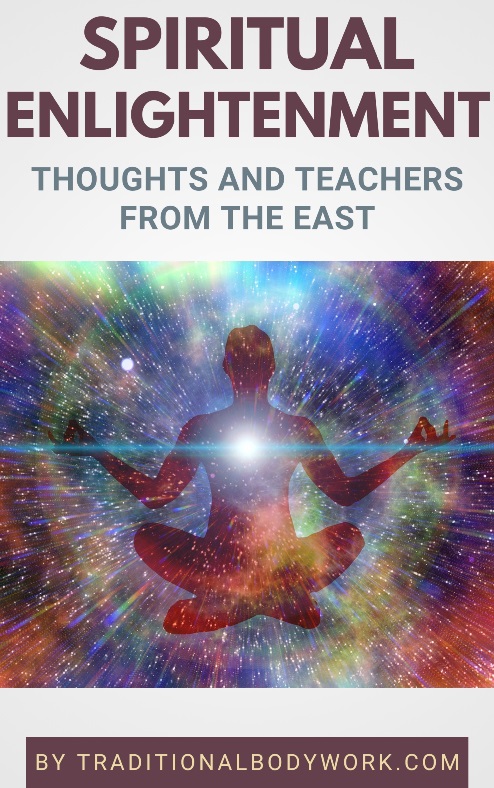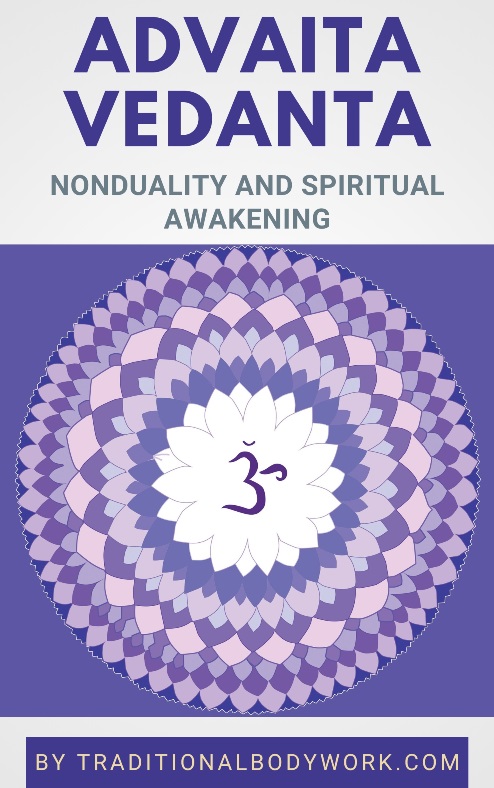
There are two very distinct traditions and subsequently distinct methods and techniques of how to “reach” Self-Realization or Enlightenment. These two traditions are opposed to each other being that of Gradual Enlightenment and that of Sudden Enlightenment.
These two “ways” or “paths” to attaining Spiritual Enlightenment are also called that of Gradual and Sudden Awakening, or Gradual and Sudden Insight.

In any case, the first way of looking at things says it’s a long road “getting there,” strenuous and with much effort. The second way says it’s not about the road and efforts, but about “sudden, clear insight — now.”
The first one is certain that it takes many rebirths. The second tells that rebirths are not the issue, but that only this life matters.
The first one claims one should follow the Holy Scriptures. The second stance denies the validity of the scriptures and says they are in fact a hindrance.
The first path talks about precepts, morality, rules to follow, and “stages.” The second one casts off all rules, all morality, and speaks of no stages, but of “one entrance.”
The first way talks of Gurus, Masters, Saints, and devotion. The second way rather advises to abandon all so-called teachers or Gurus, and to stand on your own feet.
Nevertheless, it’s the second way of looking at things that leads to the first one. Because, after Enlightenment, it’s in fact “the others,” that is, the students and disciples who pick up the words of a Self-Realized i.e. Enlightened teacher making it the first way of looking at things.
That is, it’s “the others” who create Gurus, scriptures, rules, religions, and stances by interpreting the realization and expression of him or her who finally attained Enlightenment.

Duality arises from out nondual realization, which is of course — a paradox. But when expression happens, that is, words and acts — things can only appear against the background of silence. It’s necessarily the beginning of duality. There’s no other way.
However, Self-Realization is not a “way” or “path”; it’s rather the opposite. It’s the total absence of methods, techniques, or viewpoints. Even of the concept of needing to “help others.” In that sense there’s no real difference between lineages such as Vipassana, Zen, or Advaita Vedanta, because the final “result” is the same for all of those.
To the Self-Realized there are no distinct ways, but only natural and spontaneous efforts to “help people” to get rid of those. That’s not to tell people what-to-do. It’s not even really help. Its expression follows naturally when having discovered not-to-do.
Yet, not-to-do is not something that can be done, it can only come about when it’s understood very deeply, and with total certainty — that nothing will make-it-happen, and nothing can be done, at all.












